Home Hi-Tech Drones and UAVs ,,,, cof, Parrot is the company that started the fashion, or the waltz, of commercial drones, providing users with aircraft that are easy to drive, ready to fly, without sacrificing quality, albeit with low and accessible costs. Beyond the Bebop line, which directly competes with DJI drones, for some time the company has also focused on MiniDrones, which far from being simply a toy, have evolved from many points of view: Parrot Mambo FPV lo ago in the direction of the 3D viewers.
The small drone arrives in its package practically ready to fly. This is one of the main features of Parrot: an easy-to-use quadcopter. Just insert the battery, turn on the drone and remote controller to be ready for the first flight. Not only easy to assemble, but above all easy to fly. Even the less experienced, or newbies in the sector, will be able to keep it flying right from the first attempt. The drone arrives almost completely assembled; you just need to mount the camera module on the top, which fits easily, like a LEGO brick. You are ready to fly.
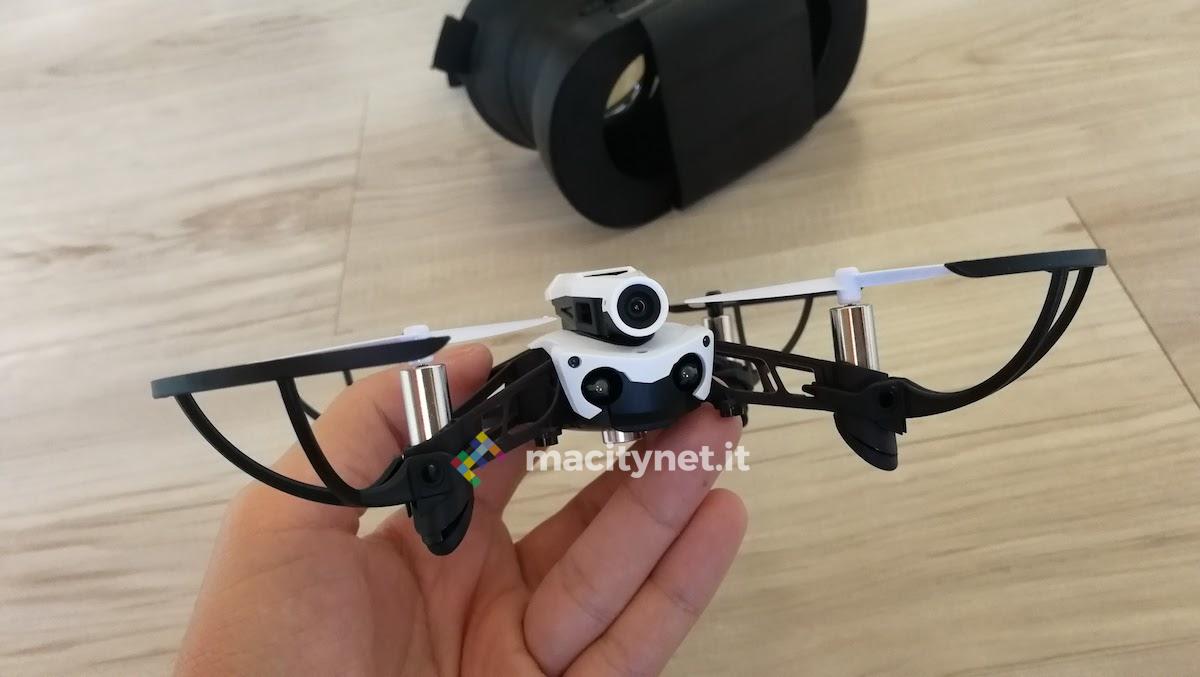
The first feeling you get is that of an extremely small and light drone, but really well built, solid and sturdy. It may seem strange considering the small size of the drone, but the Mambo FPV is really well built. It weighs very few grams, and is easy to transport, considering its very small size.

The controller is not too dissimilar to that of a Playstation, and this gives the flight experience a pleasant feel. The controls are extremely simple to use, and the two analog sticks allow you to keep the quadcopter in flight without any difficulty. This is because the mini drone is really well balanced, it remains stationary in the air, as if it had the GPS module to maintain the position. In reality it does not, but thanks to a network of sensors for stabilization, in flight Parrot Mambo seems to fear no comparisons compared to drones of another category. It uses inertial measurement units to evaluate speed, inclination and contact with obstacles, equipped with 3-axis accelerometer and 3-axis gyroscope, as well as ultrasonic sensors and pressure sensor.
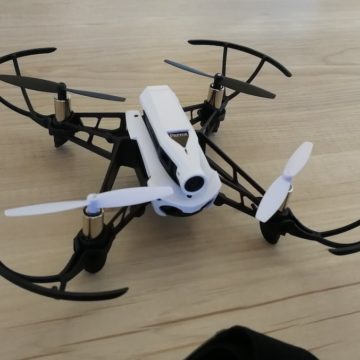
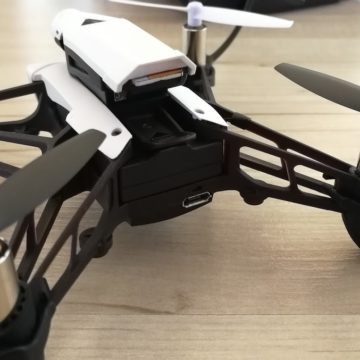
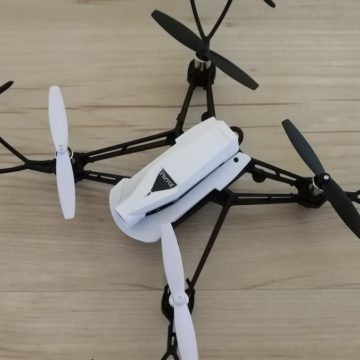
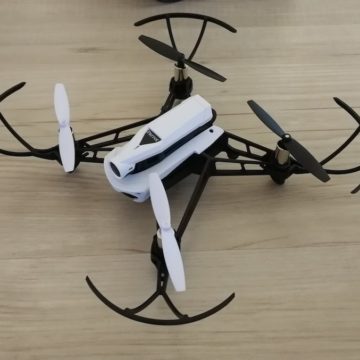
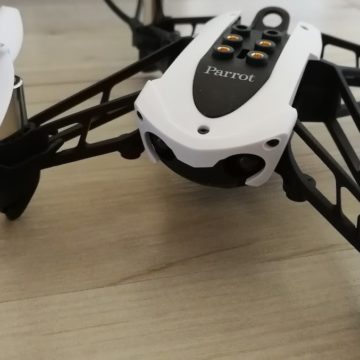
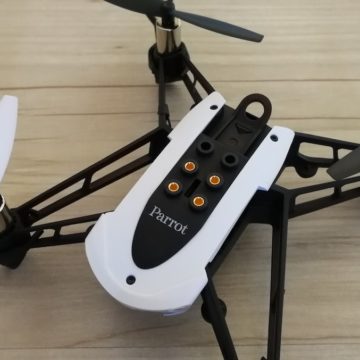
It is possible to control it directly with the application, available free for iOS and Android, where the video stream recorded by the camera, installed above the drone, is received live. There is of course no gimbal to stabilize the image, but even in this case the quality of the movie is undoubtedly sufficient. During the fastest movements it is easy to notice the shaking of the unstabilized camera, but when you leave the drone in position, the images are rather still, as you would not expect from a mini drone, with a camera module as large as a LEGO. Recording and streaming take place in HD 720p at 30 FPS, with a viewing angle of 120 °. On the back of the camera module there is also the slot for the MicroSD, so you can take photos and videos, even when you don't connect your smartphone and prefer to drive the drone with the included FlyPad.
It goes without saying that the physical pad provides greater precision in control. The smartphone is certainly not the most reliable control system, also because in some cases, despite being indoors, we have recorded interruptions in the WiFi connection between smartphone and drone. Fortunately the drone was so stable in flight that we had no problem reactivating the connection and regaining control.
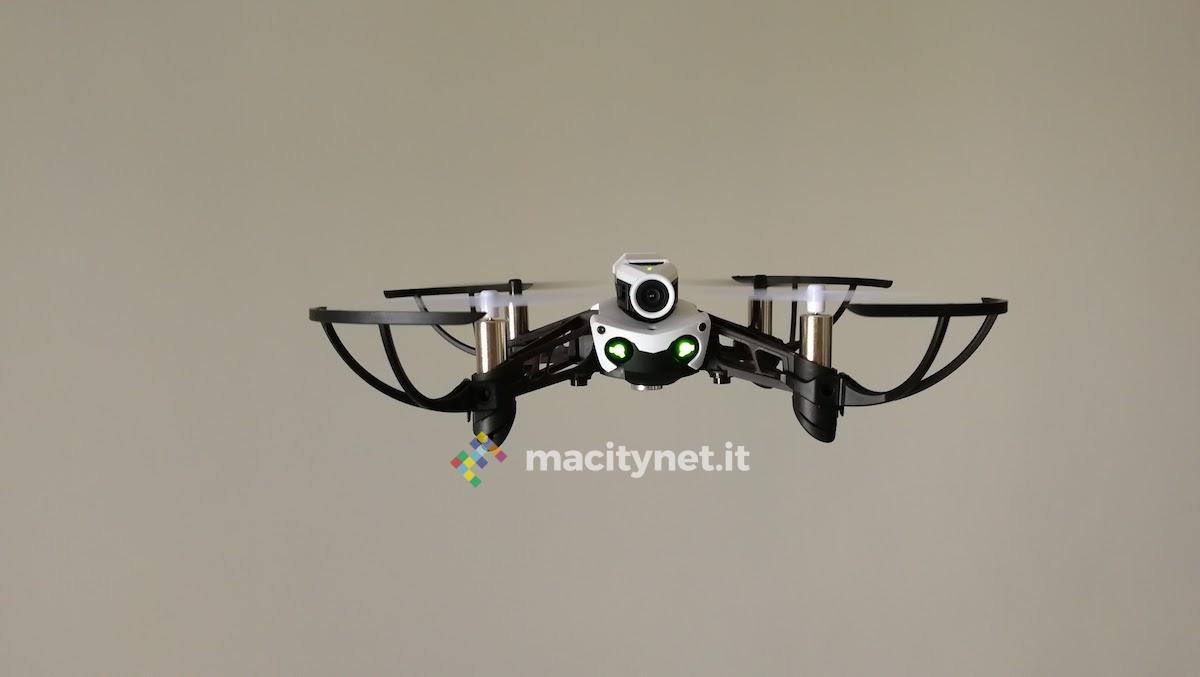
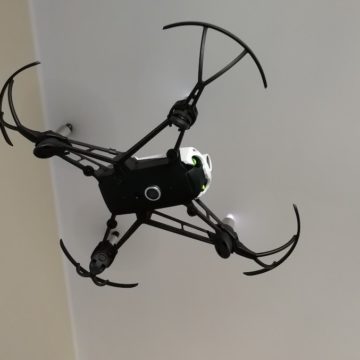
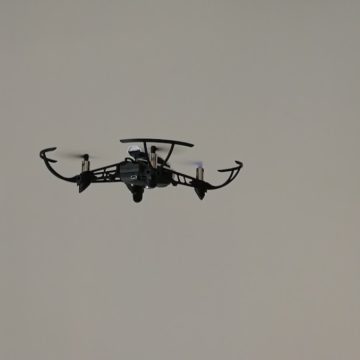
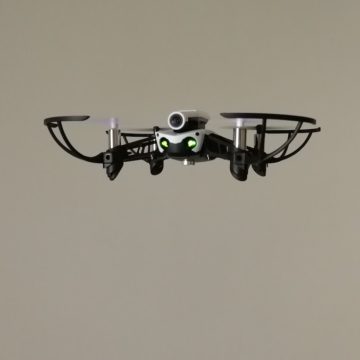
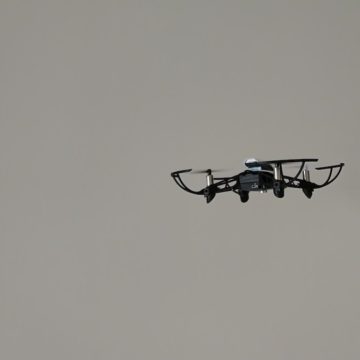
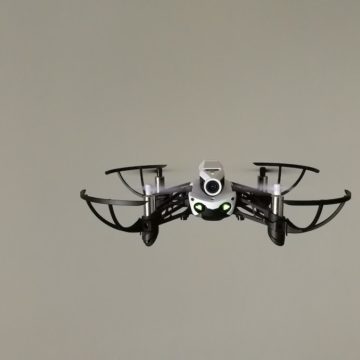
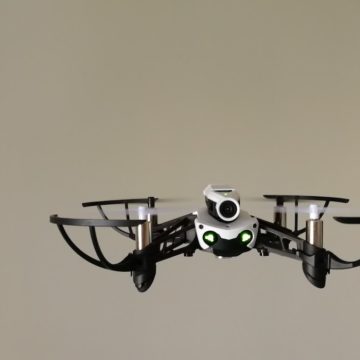
Much more reliable, and comfortable, on the other hand, is the use of the controller, which allows you to steer the drone more precisely, being able to perform precision maneuvers, without counting the stunts and tricks in mid-air, to be activated with the pressure of the four front keys. Moreover, if with the smartphone you will have a control range of just 30 meters, with the Flypad you can reach about 100 meters. Unfortunately, we record the absence of a smartphone support in the controller: it would have been useful to be able to use the Flypad with the smartphone in place, to watch the video stream in real time on the display. In reality, this lack is due to the particular use for which this Mambo is born: the FVP flight.
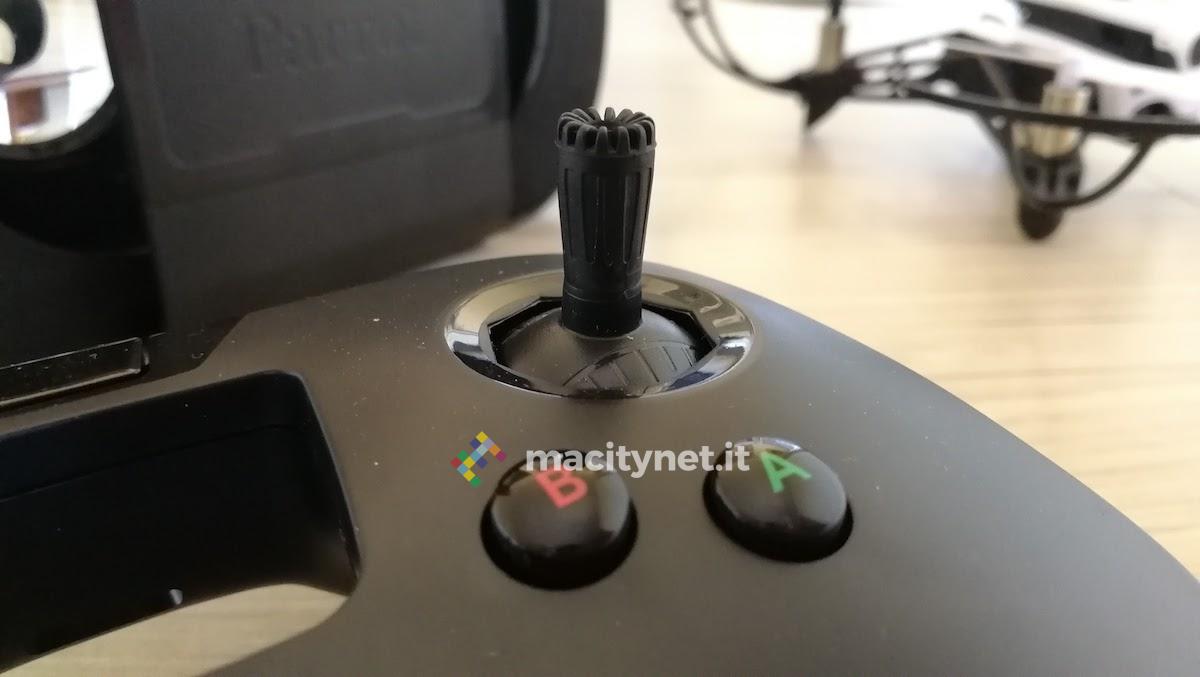
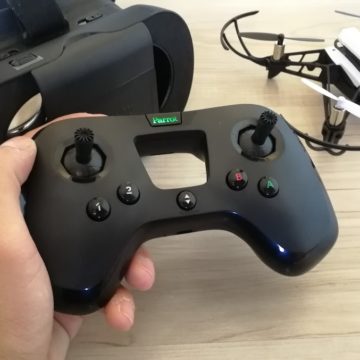
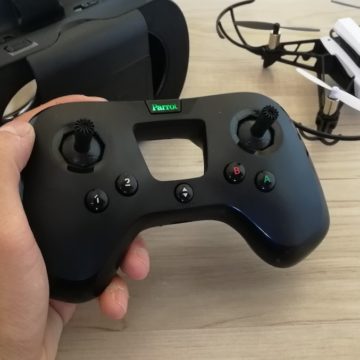
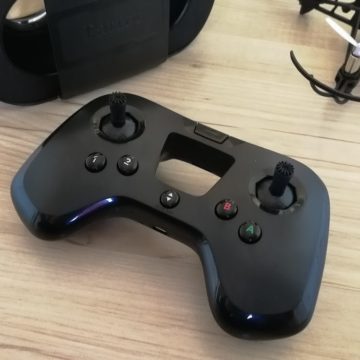
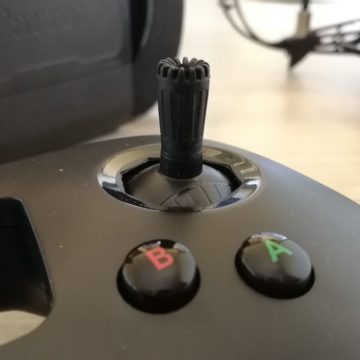
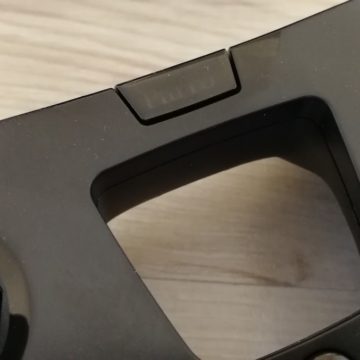
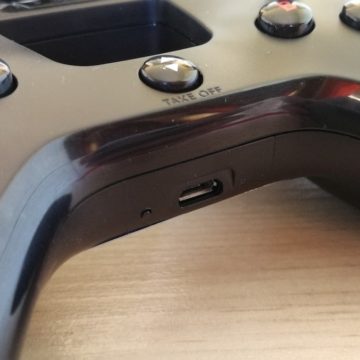
And in fact, inside the package there is a viewer, inside which to house the smartphone. This is the correct use of the drone under test: pad in hand, drone in flight, viewer with smartphone on the face. The quality of FPV flight, of course, is also affected by the smartphone used.
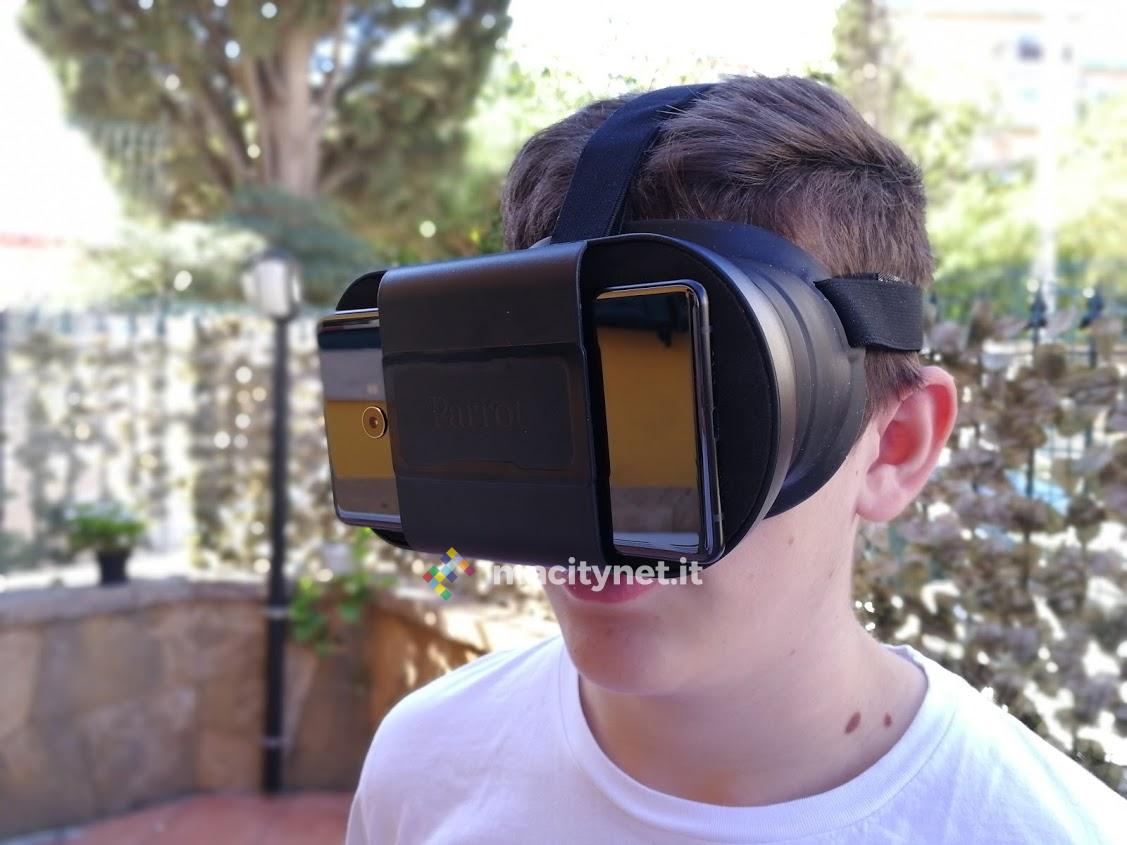
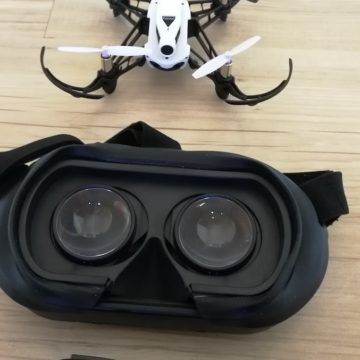
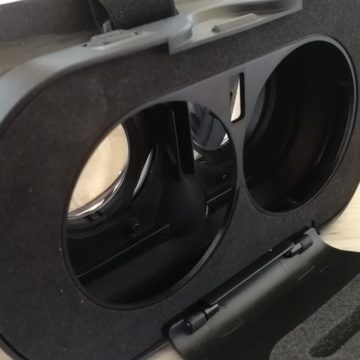
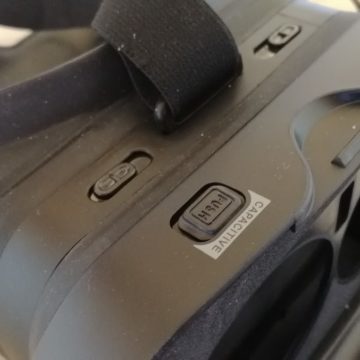
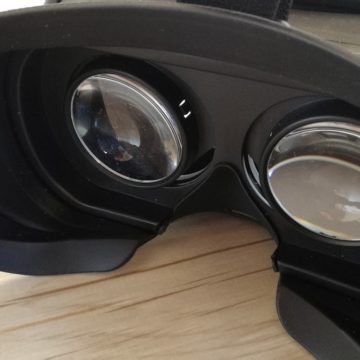
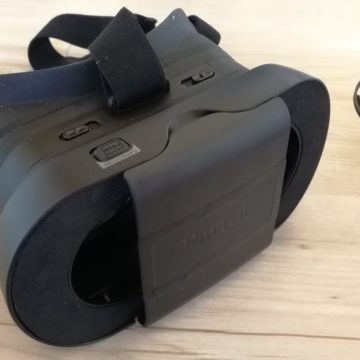
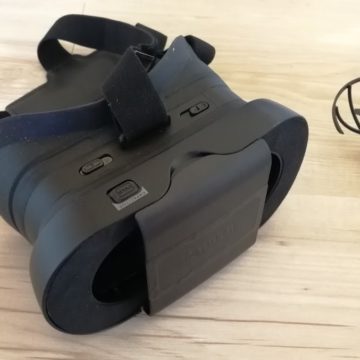
In general the FPV flight experience is good, considering also the price range of the small drone. The video stream is stable (except for a few small interruptions recorded during some flights, perhaps attributable to the tested Android smartphones). Overall, however, the first-person flight enjoyed us and the applause of Parrot for making it possible in this price range, in such a simple and intuitive way. If the pad had still enjoyed a smartphone support, the user could, from time to time, decide to abandon the sensor, and fly in a more traditional way.
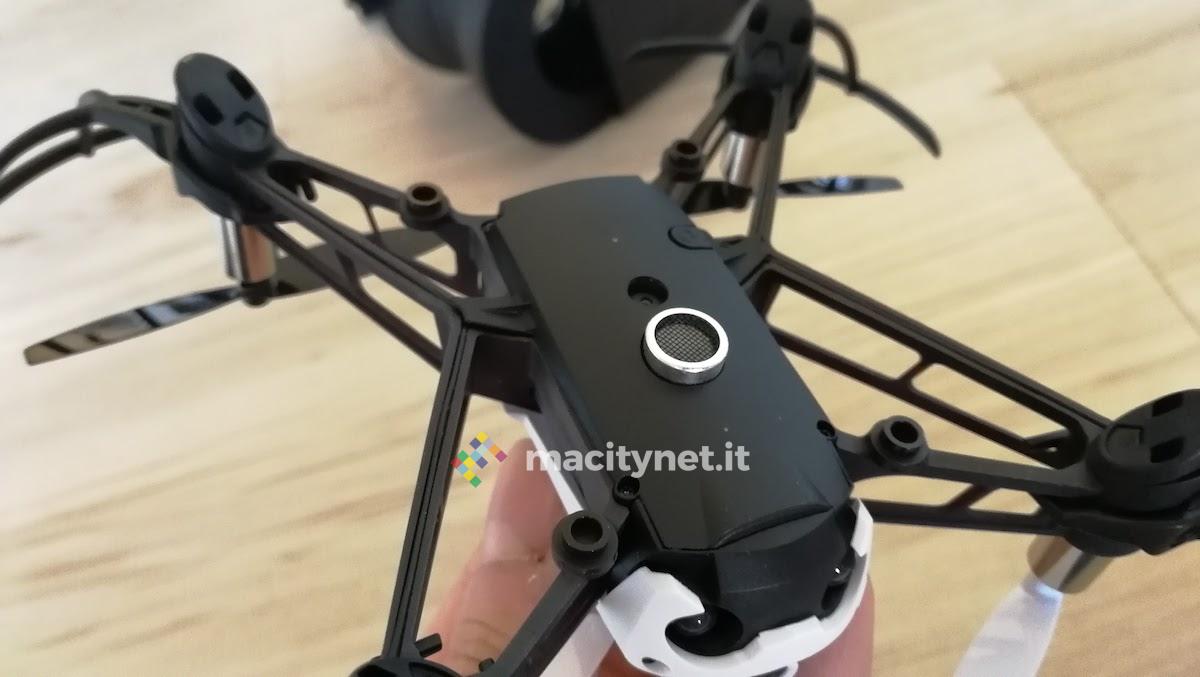
As for autonomy, the small drone relies on a 660 mAh LiPo battery, which ensures at least 8 min of autonomy with accessories and bumpers connected, but which also reaches 10 without camera module or propeller guards. Moreover, the battery is recharged in just under half an hour, using a common 2.1 A charger.
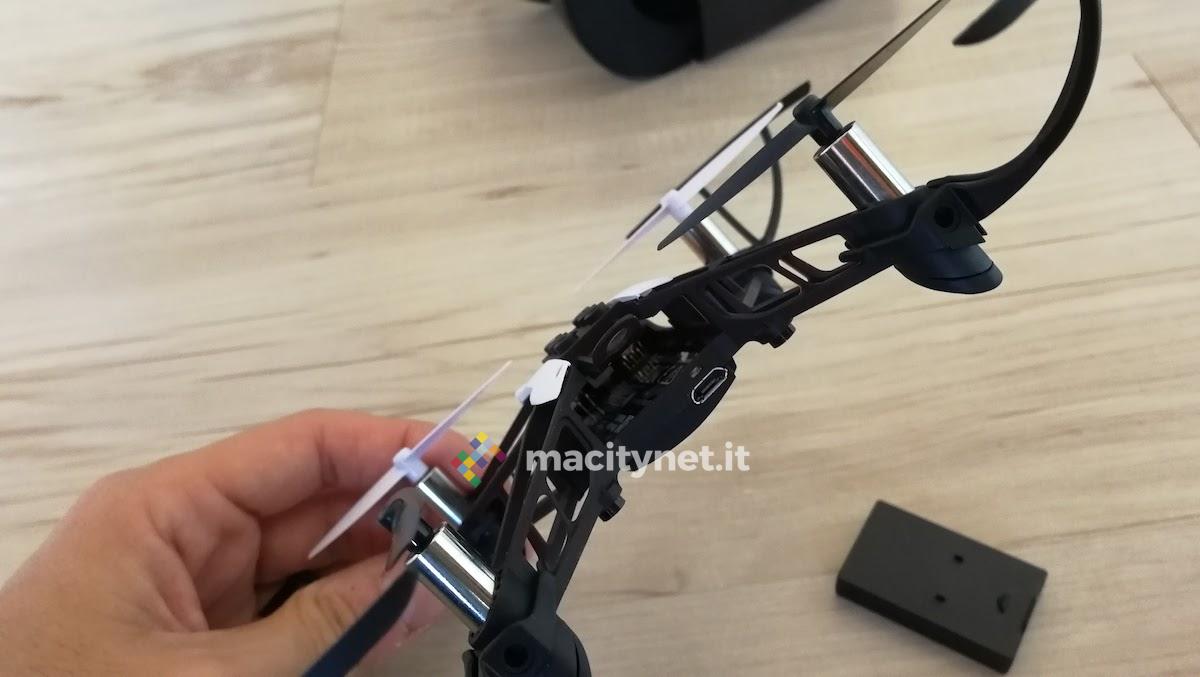
App
The free app that supports the Mambo Parrot is well done: simple to use, it has all the options to adjust the flying style and to update the aircraft in the case of upgrades launched by the parent company. Among the goodies, it allows take-off directly from the palm of a hand: by activating the relative function the propellers will start to spin slowly, and then reach maximum power when you literally launch it in the air with a quick gesture of the hand.
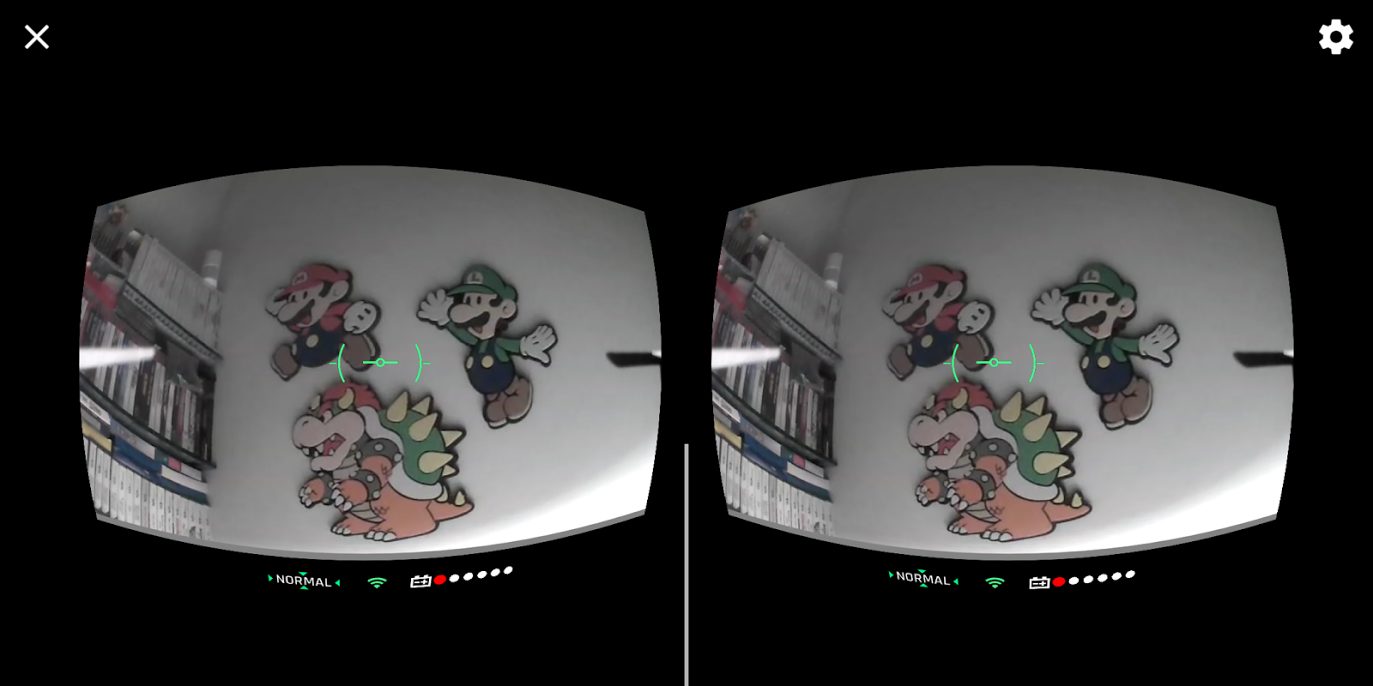
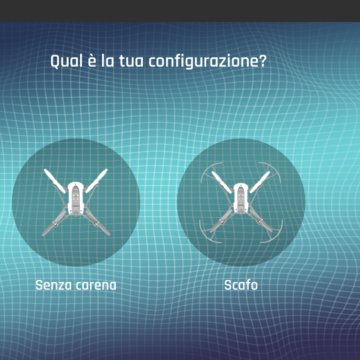
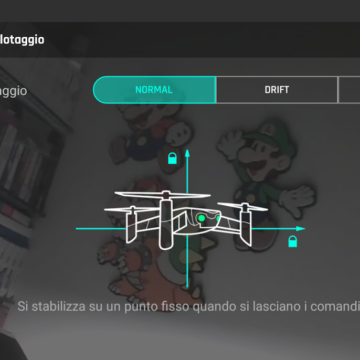
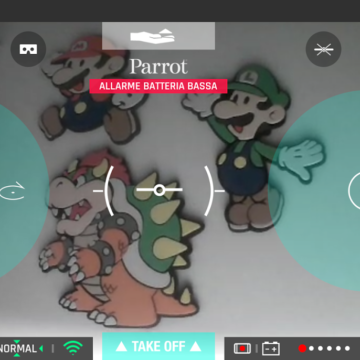
Conclusions
The drone costs 179 euros. It might scare most people, but it is justified by the build quality of the drone, the good camera, a comfortable and reliable controller and the inclusion in the box of the headset to enjoy the FPV flight. Extremely easy to drive, it has an amazing flight stability, making it easy-to-use, even for newbies. Too bad for the lack of smartphone support for the controller, which would have allowed the user to house the device on the pad to comfortably enjoy the video stream on the display, even when you decide not to use the viewer.
Parrot Mambo can be purchased on Amazon at the price of 179 euros.
PRO
AGAINST
,,





